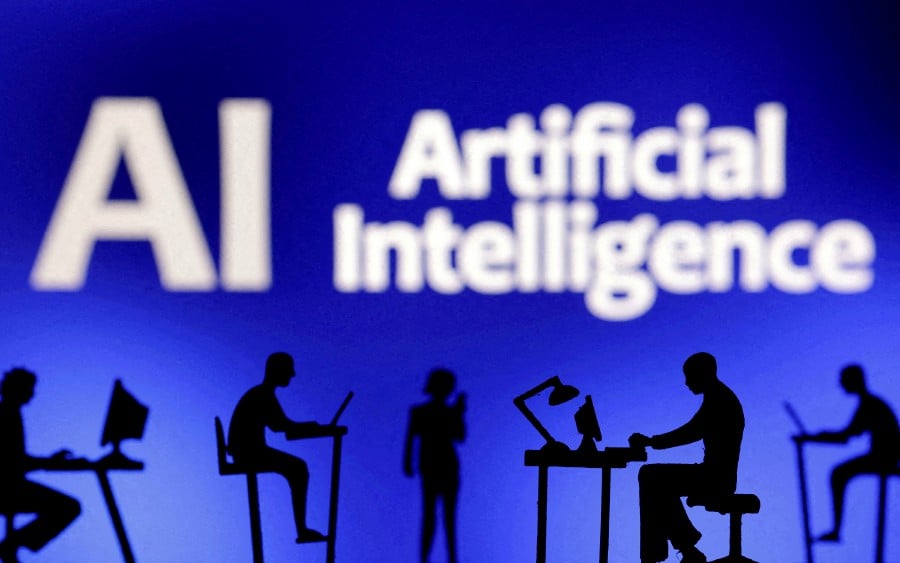LETTERS: MANY see Artificial Intelligence (AI) as the new disruptive force in business and government. At the same time, it offers benefits never before possible.
Dealing with AI, therefore, calls for measures to mitigate the risks and capitalise on the opportunities. In academia, generative AI like ChatGPT has emerged as the tool that has been at the centre of much debate.
Generative AI is the use of artificial intelligence to create new content, like text and images. AI uses machine learning to learn the patterns and relationships in a dataset input by humans.
They use the learned patterns to generate new content according to prompts by humans. Many see the benefits of AI in education. The government has actually joined the call.
Lecturers can use generative AI to create curriculum summaries, assessment rubrics, discussion topics, student lesson plans, learning resources and classroom activities. Generative AI increases the efficiency of marking and feedback.
The biggest fear is about the rise of cheating and plagiarism. Sceptics worry generative AI might hinder students' critical thinking and degrade human skills.
They say AI poses a bigger threat to creativity. The use of generative AI could also lead to students becoming complacent and dependent on the technology.
There are additional concerns around ethical issues such as inherent bias and data privacy. But many feel generative AI can benefit the student learning experience and boost creativity.
This means schools need a policy on the responsible use of AI and the risks of the technology.
It should also cover bias and errors, including any ethical considerations related to plagiarism and the proper use of secondary sources. It has been suggested that the policy must state how faculty members use AI tools and show commitment to using them fairly and safely.
Lecturers should know what's expected of them and how they can use AI to support learning.
For example, ChatGPT can be treated the way calculators are, allowing it for some assignments but not others. Another approach is allowing students to use generative AI for part of the problem-solving task.
Students can use ChatGPT to create outlines for their essays before writing them independently. This teaches students how to interact with AI and ask the right questions.
And for today's students, who will graduate into a world full of generative programmes, these are critical skills to learn. It's worth remembering that we are in the early days of AI, and the technology is in a state of evolution.
By staying informed about the latest advancements, everyone can stay ahead of any critical changes and adapt accordingly. AI is here to stay.
DR AHMAD IBRAHIM
Tan Sri Omar Centre for STI Policy,
UCSI University
The views expressed in this article are the author's own and do not necessarily reflect those of the New Straits Times





